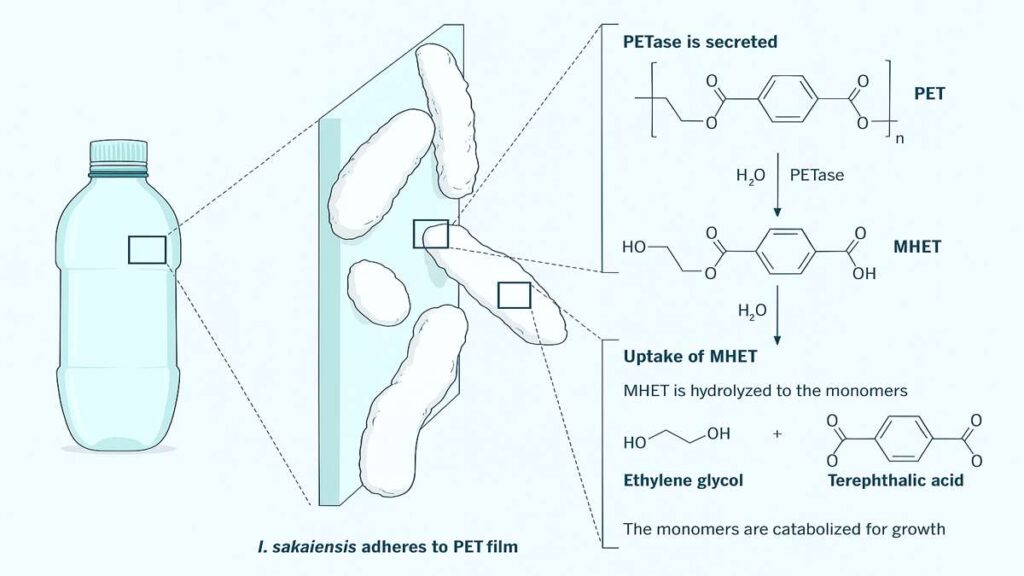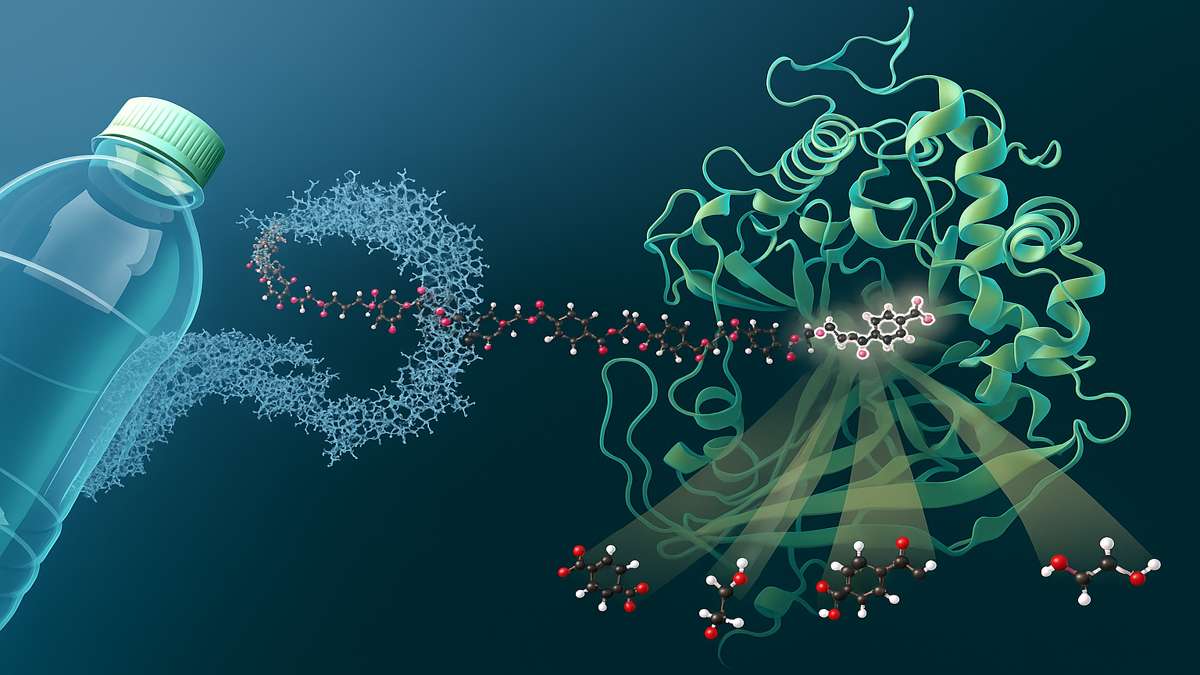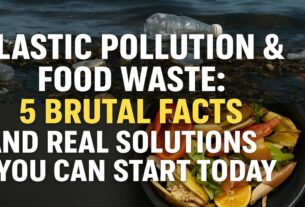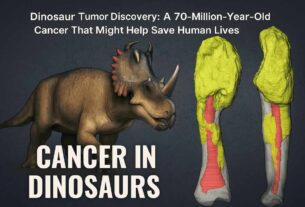🌍Plastic pollution is one of the greatest environmental challenges of our time – suffocating our oceans, killing marine and terrestrial wildlife, and entering the human food web. But in 2025, scientists witness a remarkable biological phenomenon: the discovery of plastic-eating bacteria. These microscopic, single-celled creatures naturally degrade plastic – a transformed, biological eco-solution to the global plastic pollution problem. With the fast-paced research surrounding plastic-eating bacteria, these organisms could very well become humanity’s greatest weapon to combat pollution and restore balance to nature.
🧬 What Are Plastic-Eating Bacteria?
Plastic-eating bacteria are microorganisms that can decompose synthetic plastics, especially PET (polyethylene terephthalate) — the same plastic found in soda bottles and packaging. First discovered in Japan in 2016, Ideonella sakaiensis shocked scientists when it was seen naturally breaking down plastic. But in 2025, researchers have taken this to the next level by enhancing bacteria with CRISPR gene editing techniques to speed up the process.
These bacteria secrete enzymes (like PETase and MHETase) that break plastic into smaller molecules, eventually converting them into harmless byproducts such as water and CO₂.

| FEATURE | TRADITIONAL METHODS | PLASTIC-EATING BACTERIA |
|---|---|---|
| Degradation Time | 100–500 years | 3–90 days |
| Environmental Impact | High (burning, landfills) | Low (biodegradation) |
| Energy Use | High | Minimal |
| Toxic Byproducts | Methane, leachate | Water, CO₂ |
| Cost Efficiency (2025) | Moderate to High | Becoming Low with biotech scaling |
🌱 5 Reasons Why Plastic-Eating Bacteria Are a Game-Changer?
1. 🌊 They Can Clean Oceans Naturally
These bacteria may reduce the estimated 14 million tons of plastic entering oceans every year. Microplastics are harming marine life, and research shows they can even enter the food chain
2. 🏭 Work in Harsh Environments
The 2025 strains are built to survive in extreme conditions like landfills, sewage, and seawater. This makes them suitable for global use, especially in heavily polluted regions. With climate extremes intensifying, as seen in the Global Heatwave 2025 report, such innovations are no longer optional—they’re essential for survival.
3. ♻️ Support a Circular Economy
By breaking down plastic into reusable raw materials, these bacteria can help reduce our dependency on fossil-fuel-based plastics — aligning with the UN Environment Programme’s goals on the circular economy.
4. 🧪 Faster Degradation
Traditionally, plastic takes hundreds of years to degrade. But with synthetic biology and tools like CRISPR gene editing, these microbes can now break down plastics in days or weeks.
5. 🌍 Reduce Greenhouse Gases
Less plastic incineration and dumping means reduced CO₂ and methane emissions. This eco-friendly alternative could significantly ease climate pressure while improving waste management strategies.
Powerful Synergy of Tech and Nature
Innovative companies like Carbios in France and EcoSynth in Pakistan are now deploying genetically enhanced Plastic-Eating bacteria in large-scale recycling plants. This fusion of biotechnology and environmental science is fueling what experts are calling a “bio-industrial revolution.”
🔬 2025 Breakthroughs in Action
Recently, scientists from institutions including NREL, the University of Massachusetts Lowell, and the University of Portsmouth made an important achievement in the area of enzymatic plastic recycling by developing a PETase-based system to improve polyester degradation processes, which results in efficient, low-cost recycling for the energy and effort of degrading PET plastics, even if the plastics are contaminated and colored waste streams.
🌐 Real-World Deployment Goes Global
Innovations are now moving from lab to field. Pilot projects in London and Mumbai are piloting smart bins that release bacterial enzymes to degrade plastic on the spot. Also, floating biodegradation drones are being tested in the Pacific Garbage Patch, once thought to be hopeless for clean up.
🌿 Conclusion
In 2025, plastic-eating bacteria are no longer just lab experiments—they’re becoming real-world solutions to one of humanity’s biggest problems. As plastic waste keeps rising and global heatwaves worsen, these microscopic allies offer a surprising, natural fix.
From smart recycling systems to ocean-cleaning microbes, science is now working with nature to reverse the damage. These tiny organisms could soon reshape how we manage pollution—cleanly, efficiently, and sustainably.
🌍 The future might just belong to the smallest lifeforms on Earth—with the biggest environmental impact.




